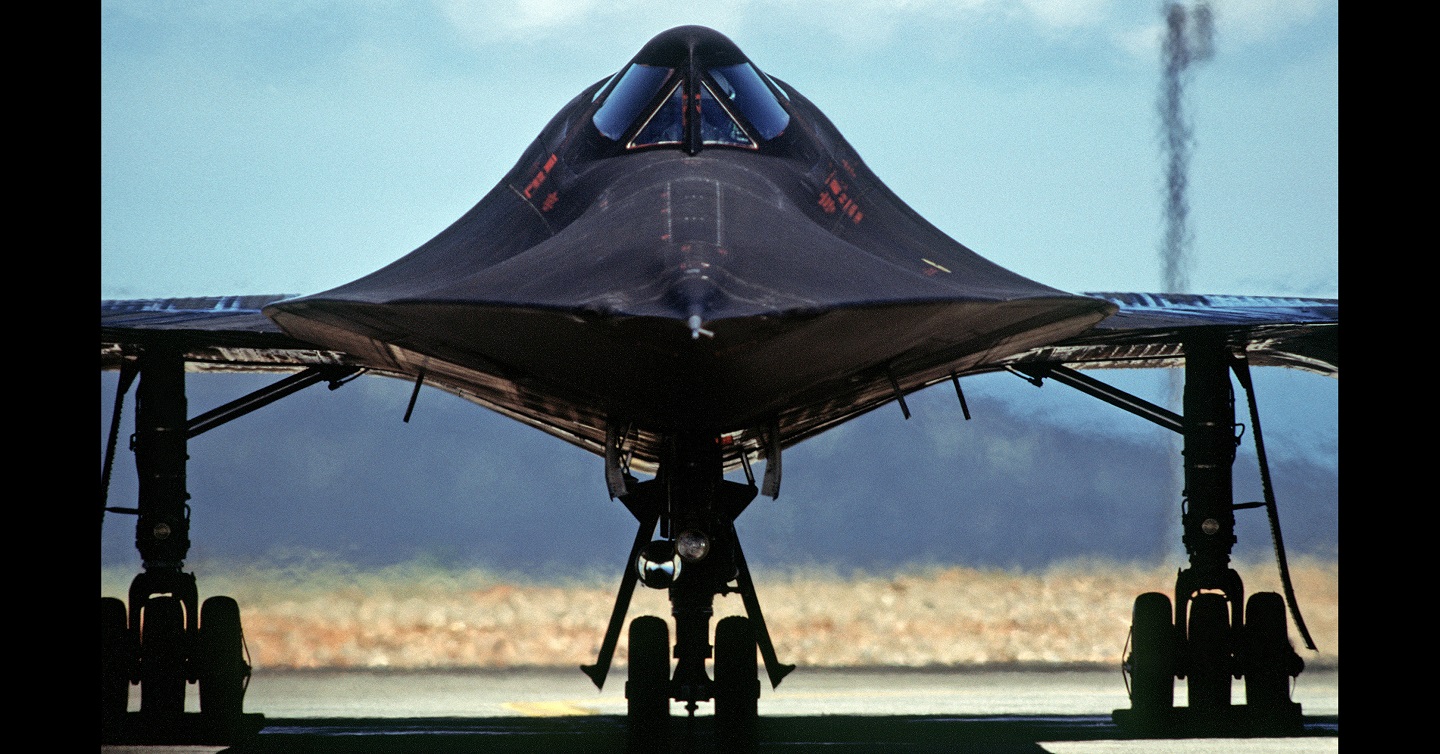
Inspired by visions of a new, tech-driven dynasty—albeit with designs purloined from U.S. defense contractors—Beijing is surging forward.
A debate about China’s “inexorable” rise has been roiling press elites and think tanks in Washington D.C. for some time now. Granted, there is some cause for concern given that China’s $14 trillion economy fuels a massive, state-funded military-industrial complex. It ranks second with 18 percent of global GDP and takes up a fifth of business overall. Through its “One Belt One Road” initiative, China’s near abroad stretches beyond the mainland to Tibet and Hong Kong, then atop new garrisons in the South and East China Seas, brushing off counterclaims made by Japan, Malaysia, Philippines, Taiwan, and Vietnam along the way.
And, in 20 years, China has awakened from its “peaceful rise” doldrums. No longer passive, it is actively moving at an alarming speed, transforming itself from imitator to innovator. Though its most advanced aircraft bear the design characteristics of the U.S. F-35, F-22, and C-17, China’s state-run industries roll out new versions in months, not years. Inspired by visions of a new, tech-driven dynasty—albeit with designs purloined from U.S. defense contractors—Beijing is surging forward.
In the meantime, the United States embroiled itself in the Global War on Terrorism. The U.S. military has deployed 156 times to 47 countries and has come to grips with a harrowing withdrawal from Afghanistan. The country is also dealing with severe unrest within its borders, a halting pandemic recovery, and confronting the limits of its military power. After all this, one noted opinion leader from The New York Times asked, “Is war with China next?”
No. War with China is unlikely. The real question is whether the United States and China can coexist and compete with each other militarily and industrially. Doubtless, American and Chinese financial fates are inextricably linked, thus lowering the possibility for war but raising the stakes for a mutually assured economic meltdown in the event of a miscalculation. China has been the Western world’s go-to manufacturing base for decades. The United States is the world’s leading economy in large part due to China. The U.S. boasts 24 percent of global GDP and almost half of business worldwide. It is already the leading power by these metrics alone. Two more data points demonstrate the United States has an opportunity to keep its competitive advantage provided Congress is willing to reduce defense procurement regulations.
The first data point relates to demographics. Currently, one-third of China’s workers live in the countryside and travel to big cities to work in factories that produce cheap goods for the United States and the world. At the start of China’s labor boom in the 1970s, rural areas were impoverished. By the 1980s, when China’s economy first began to open up, rural workers labored in big-city mills for up to 18 hours a day. In the latter half of the decade, the country found itself in a characteristic “sweet spot;” a substantial number of young people born after 1949 were gainfully employed, and very few old people were retiring. Significant investments in roads, bridges, and infrastructure also combined to boost China’s economy.
The 1980s also brought population control measures like the one-child policy which slowed China’s birthrate and reduced its workforce over 35 years. Instead of sending young people to toil in factories, parents increased their investment in higher education in the hopes their children would find less grueling white-collar work. Today the sweet spot is shrinking as China’s workforce is rapidly aging and less willing to travel long distances to work. From 2000 to 2050 the country’s median age is expected to increase from 30 to about 46, putting it on track to be one of the oldest societies in the world. And the global pandemic has exposed some other serious, underlying problems, too. Many roads and bridges in China have been closed due to coronavirus restrictions. Workers require special permits or papers to travel, making the journey to work that much harder.
The second data point is the U.S. Reshoring Index. It compares the gross dollar amount of goods manufactured in China and thirteen other low-cost countries, or LCCs, led by Vietnam, Taiwan, Malaysia, and the Philippines, and the gross domestic output of U.S. manufactured goods. The comparison of the two figures is known as the Manufacturing Import Ratio or MIR. The index is the year-to-year percentage change of the MIR.
The consulting firm Kearney found the index plummeted from a historic high in 2019 (98) to negative territory (-87) in 2020. Kearney attributes the decline to several factors. First is the COVID-19 pandemic. COVID-19 shut down U.S. factories and prompted firms to rethink sole-sourcing their needs to China. Two massive, trillion-dollar stimulus packages buoyed the U.S. economy. The other Asian LCCs eventually recovered. U.S. dependence on China decreased while the leading LCCs increased their market shares from 14.3 percent to 16.2 percent in 2020. The Trump era import taxes on goods made in China and ongoing tensions between the powers compelled U.S. companies to diversify their supply chains. Some U.S. reshoring may be underway, too. Kearney surveyed 120 prominent manufacturing executives in March 2021, and 41 percent said they planned to bring some portion of their work back to North America. Forty-seven percent said they planned to diversify their supply chains to other LCCs (foremost Vietnam and India) and reduce reliance on a single producer.
Looking back to the Second World War, when the rules were more open-ended, project managers had far more discretion to accomplish their goals than their contemporaries.
With the deceleration of China’s labor base at hand Washington has an ideal opportunity to reduce procurement regulations and to start leveling the playing field with China. From a defense view, the current regulatory environment inhibits innovation. The fielding of new weapons systems takes a little over a decade, according to William Greenwalt and Dan Patt’s comprehensive report on the defense procurement process. Looking back to the Second World War, when the rules were more open-ended, project managers had far more discretion to accomplish their goals than their contemporaries. To illustrate, consider the P-51 Mustang. After a quick proposal in April 1940, the Army ordered the famous fighter. Within two years, the airplane flew combat operations with the Royal Air Force. After the atom bomb was expedited under a veil of secrecy, on January 31, 1950, President Harry Truman announced the hydrogen bomb; it detonated less than three years later on November 1, 1952.
The fearsome achievements of the 1940s and 1950s were fostered by the lean, 125-page Armed Services Procurement Regulation of 1947. Its successor however—the Federal Acquisitions Regulation—with its onerous language and hard-to-interpret passages comes in at just under 2,000 pages. With it, program managers are frequently put in the awkward position of being a lawyer, a scientist, and an engineer all at the same time. A defense firm’s slip-up with interpretation could spell lengthy, partisan House and Senate hearings, followed by new, more restrictive laws and procurement regulations.
Ironically, programs shielded from too much Congressional scrutiny and bureaucratic oversight provide the best evidence for regulatory reform. The U-2 and the SR-71—codesigned by Lockheed-Martin’s Kelly Johnson, Skunk Works, and the Central Intelligence Agency—are just two examples of formerly top secret programs renowned for their longevity and arriving under budget and ahead of schedule. The secret behind Johnson’s program management style was his strict adherence to the “need-to-know” rule. Willamette University’s Fred Thompson wrote Johnson kept audit teams small, layers of review thin, and middle managers, who acted with a high degree of autonomy, could hire and fire errant suppliers at will.
Skunk Works had a team of around forty engineers. Even smaller teams could adapt Johnson’s model and apply more efficient means of product development in virtual Skunk Works that use “digital twins,” like racecar maker McLaren. The twins are software and data-fed prototypes designers use to cut back on the number of costly physical copies that tend to fail. A hybrid digital Skunk Works approach may not slow China’s rise appreciably. But short of deregulation, the effort is worth the public’s reassurance that the United States can still field innovative technologies quickly and compete with Beijing confidently.
Major William Giannetti is the 62d Airlift Wing’s reserve senior intelligence officer. He is a former analyst with the Defense Intelligence Agency, member of the Joint Staff, and Philadelphia police officer.
The views expressed in this article are those of the author and do not necessarily reflect those of the U.S. Army War College, the U.S. Army, the U.S. Air Force or the Department of Defense.
Photo Description: A head-on view of an SR-71A strategic reconnaissance aircraft ready for takeoff. The SR-71 is unofficially known as the”Blackbird.” Beale AFB, CA
Photo Credit: TSgt Michael Haggerty, U.S. Air Force





Excellent job thanks proud of you